200 Years of Stunning and Strange Presidential Campaign Posters
A new book offers a brief visual history of political propaganda design.
![[optional image description]](https://cdn.theatlantic.com/media/mt/culture_test/presidentialcampaignposters_1864.jpg)
The intersection of propaganda and creative culture has always been a centerpiece of political communication, from the branding of totalitarian regimes to the design legacy of the Works Progress Administration to Soviet animated propaganda. Now, from The Library of Congress—America's most centralized collective memory—and Quirk Books comes Presidential Campaign Posters: Two Hundred Years of Election Art. It's a magnificent, large-format volume of 100 tear-out, ready-to-frame political campaign posters from the Library of Congress archives, each contextualized by a short historical essay on the respective election, alongside its final electoral and popular vote statistics.
In the preface, NPR's always-brilliant media pundit Brooke Gladstone writes:
We media consumers are far too jaded by national politics to be influenced by campaign posters, right? We all know that posters are blatant manipulations, intended not to inform but to enlist. They emphasize faces and catchphrases. They condense complicated issues into jagged little pills. They are blunt instruments.At the same time, the most effective campaign posters of every era leave as much as possible to the voter's imagination. They are like Japanese manga: the less detailed the image, the more easily we can identify with the candidate, the more space for projecting our dreams. The more specific the image, the greater the risk of creating a feeling of "otherness," which translates into death at the polls.
What emerges is a quilt portrait of politics itself, stitched together by a common thread of propaganda techniques and the underlying ideological necessities they bespeak, unchanging across the ages—all the more striking given many of these posters come from an age predating marketing as we know it and what Gladstone calls the "now never-ending research into the psychology of primary colors, the semiotics of sans serif, and the syntactics of the sound bite."

1856: James Buchanan (Democrat) v. James Fremont (Republican) v. Millard Fillmore (American)
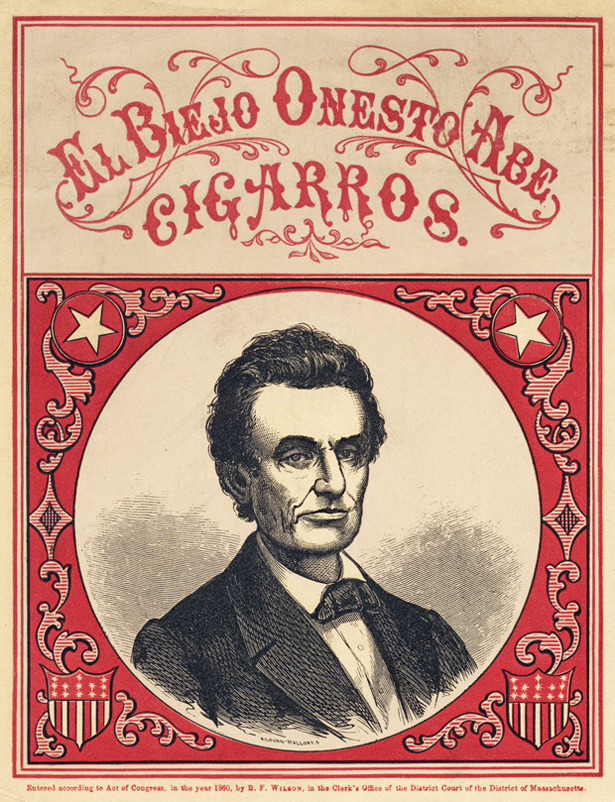
1860: Abraham Lincoln (Republican) v. Stephen Douglas (Democrat) v. John C. Breckinridge (Southern Democrat) v. John Bell (Constitutional Union)
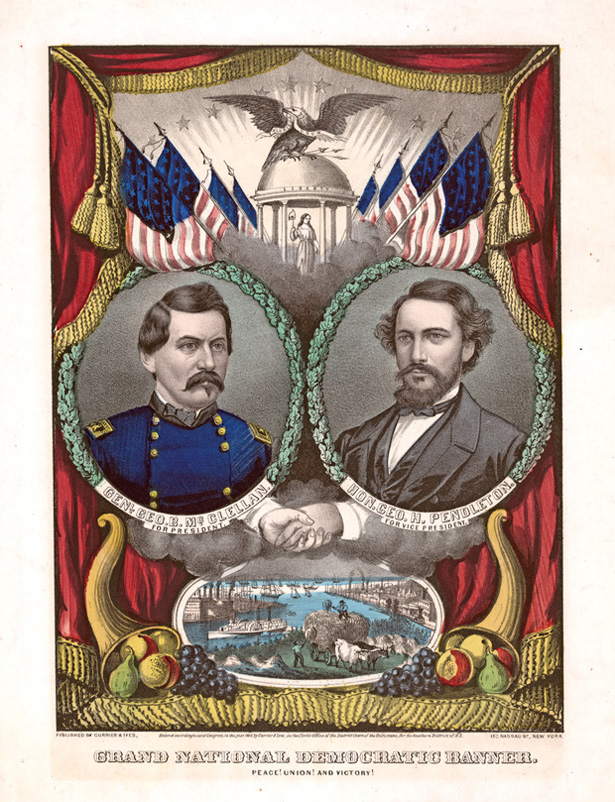
1860: Abraham Lincoln (Republican) v. George B. McClellan (Democrat)

1872: Ulysses S. Grant (Republican) v. Horace Greeley (Liberal Republican)
Gladstone observes:
The ultimate lesson of this collection is how choppy those waters are. Political art is nothing less than an illustration of the skirmishes and stalemates that created and continue to animate the American experiment. As you look at each poster and read about each campaign, it becomes increasingly clear that the tug of war over taxes and trade, the distribution of wealth and power, and the role of government itself, will never end.Every generation renews the battle and fights it again. And every time, political candidates borrow from past campaigns the lexicon of perpetual political war. It reverberates in the slogans and the speeches, the urgent need: for tax relief or social protections, for an active government or a dormant one, for war or peace, to stay the course or to change direction.

1908: William H. Taft (Republican) v. William J. Bryan (Democrat) v. Eugene V. Debs (Socialist)
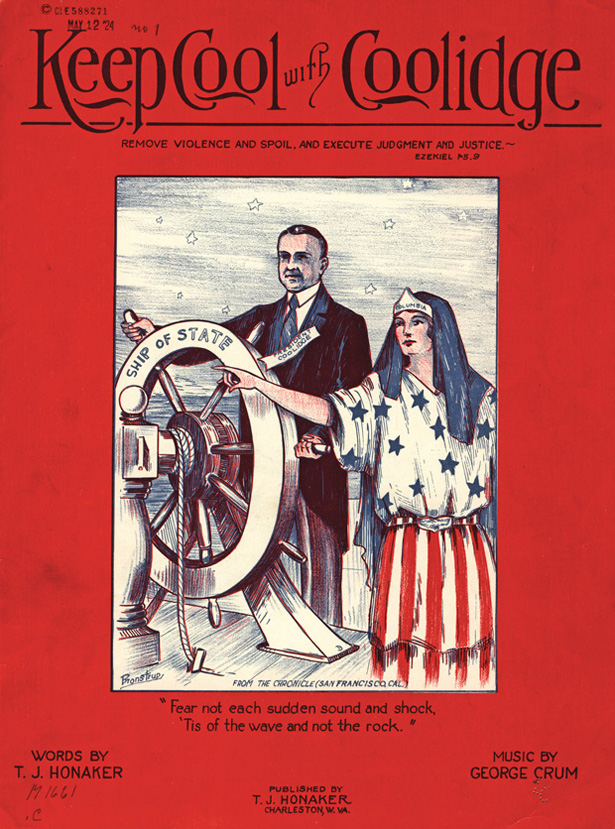
1924: Calvin Coolidge (Republican) v. John Davis (Democrat) v. Robert La Follette (Progressive)
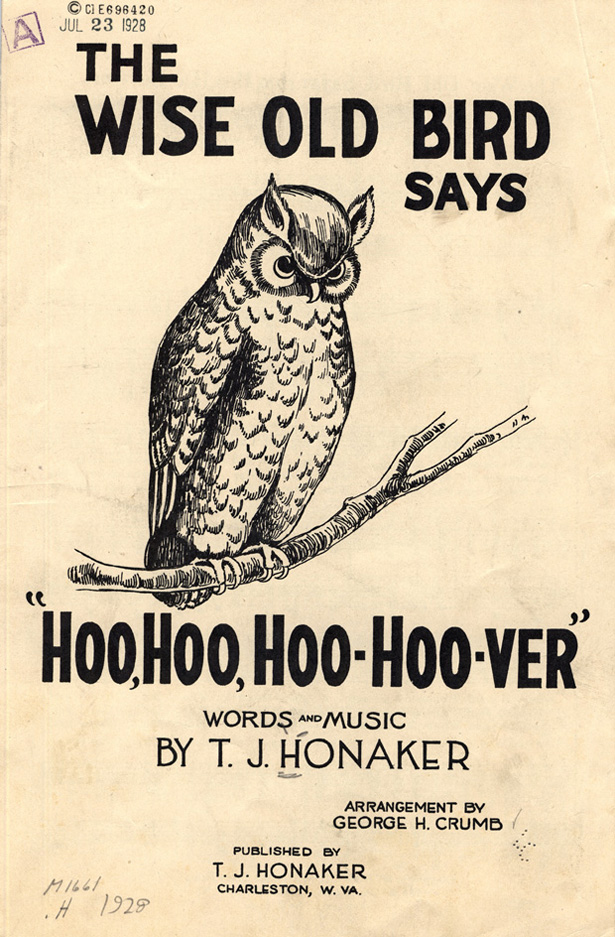
1928: Herbert Hoover (Republican) v. Al Smith (Democrat)

1948: Harry S. Truman (Democrat) v. Thomas E. Dewey (Republic) v. J. Strom Thurmond (States' Rights Democrat) v. Henry A. Wallace (Progressive)
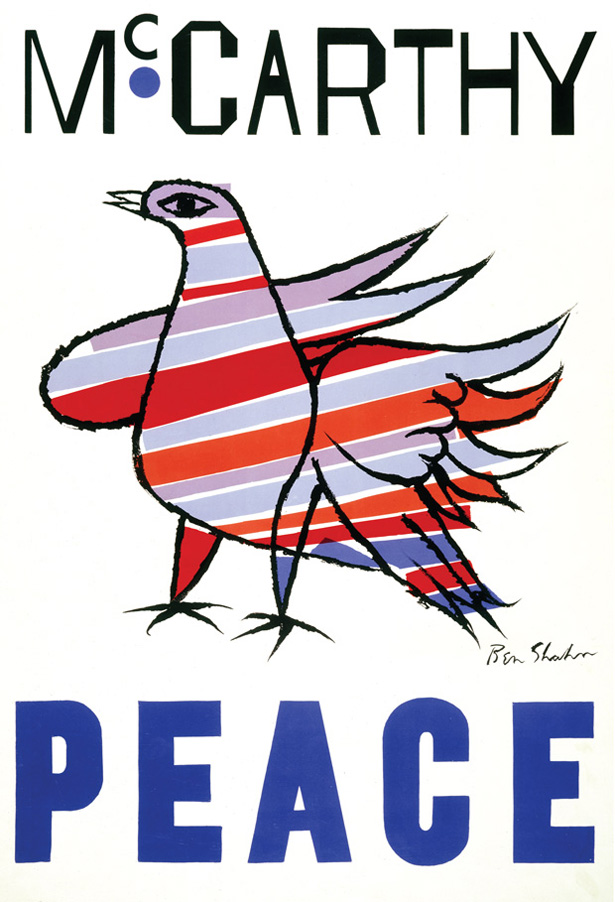
1968: Richard M. Nixon (Republican) v. Hubert Humphrey (Democrat) v. George Wallace (Independent)

1968: Richard M. Nixon (Republican) v. Hubert Humphrey (Democrat) v. George Wallace (Independent)

1968: Richard M. Nixon (Republican) v. Hubert Humphrey (Democrat) v. George Wallace (Independent)
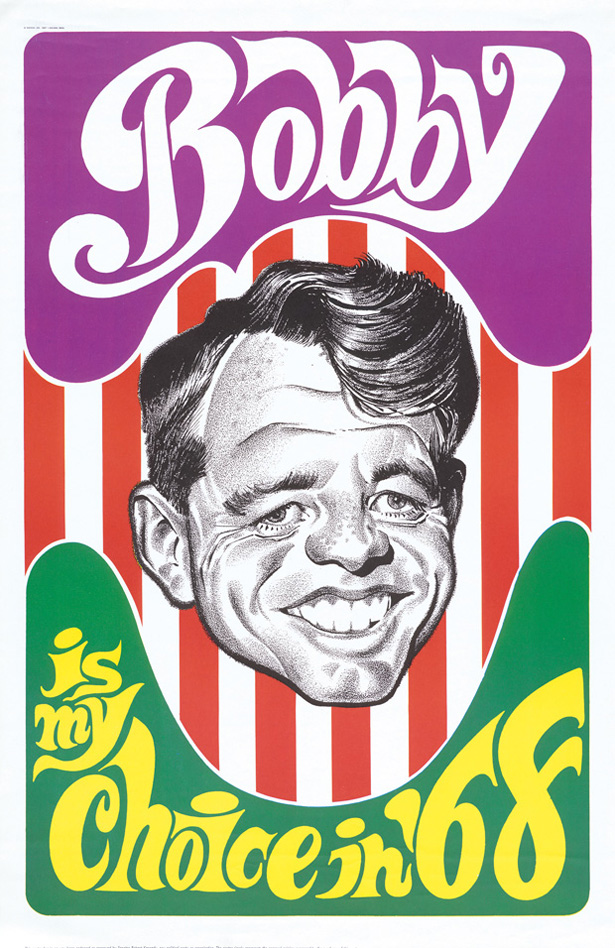
1968: Richard M. Nixon (Republican) v. Hubert Humphrey (Democrat) v. George Wallace (Independent)
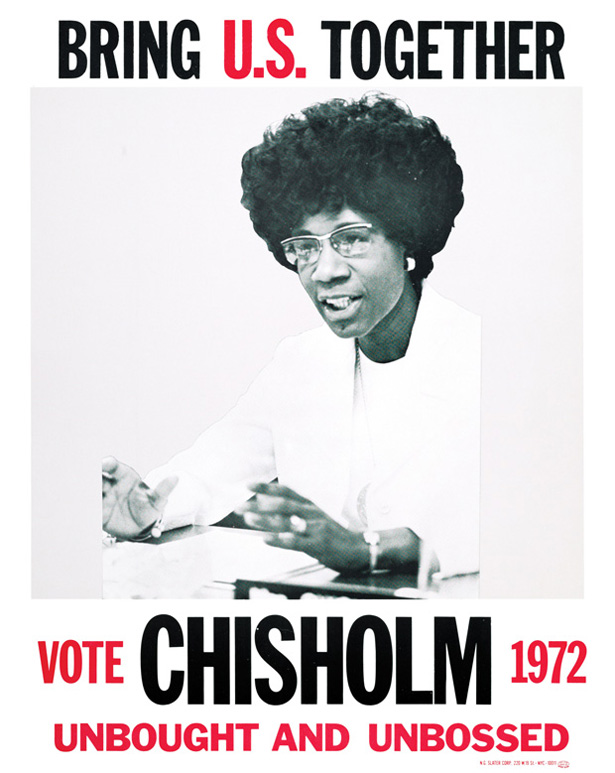
1972: Richard M. Nixon (Republican) v. George McGovern (Democrat)
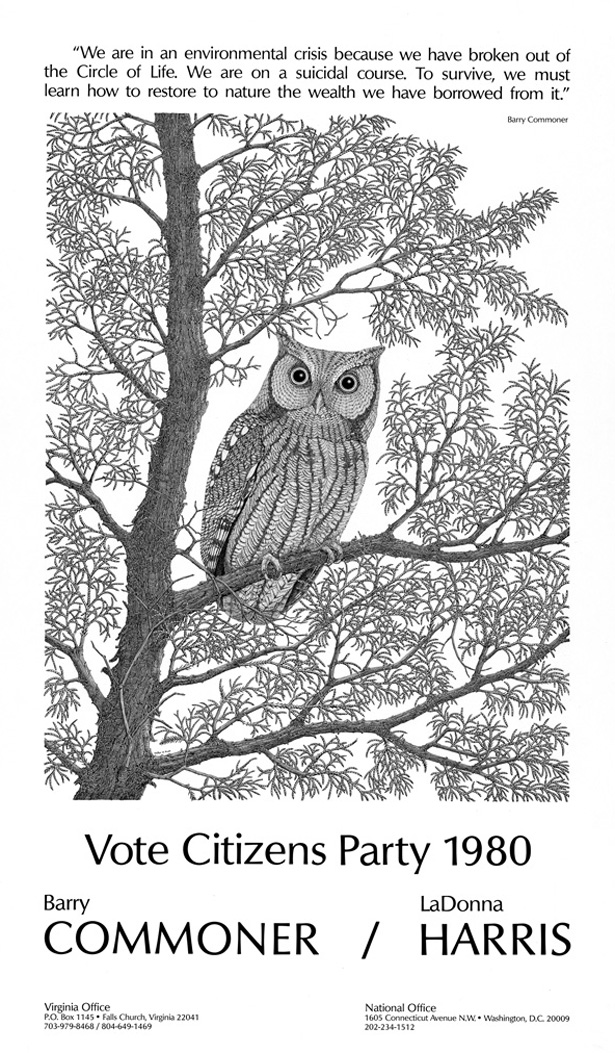
1980: Ronald Reagan (Republican) v. Jimmy Carter (Democrat) v. John Anderson (Independent)
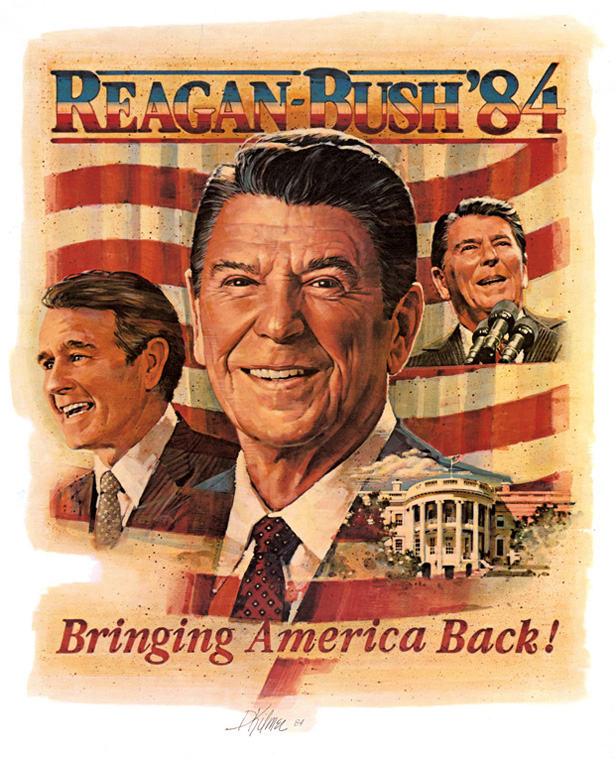
1980: Ronald Reagan (Republican) v. Jimmy Carter (Democrat) v. John Anderson (Independent)
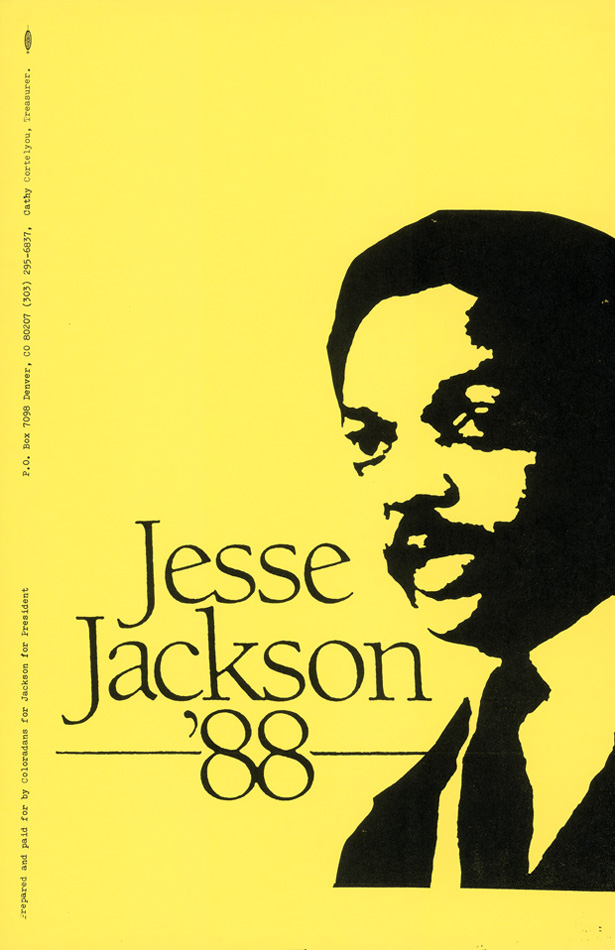
1988: George H. W. Bush (Republican) v. Michael Dukakis (Democrat)
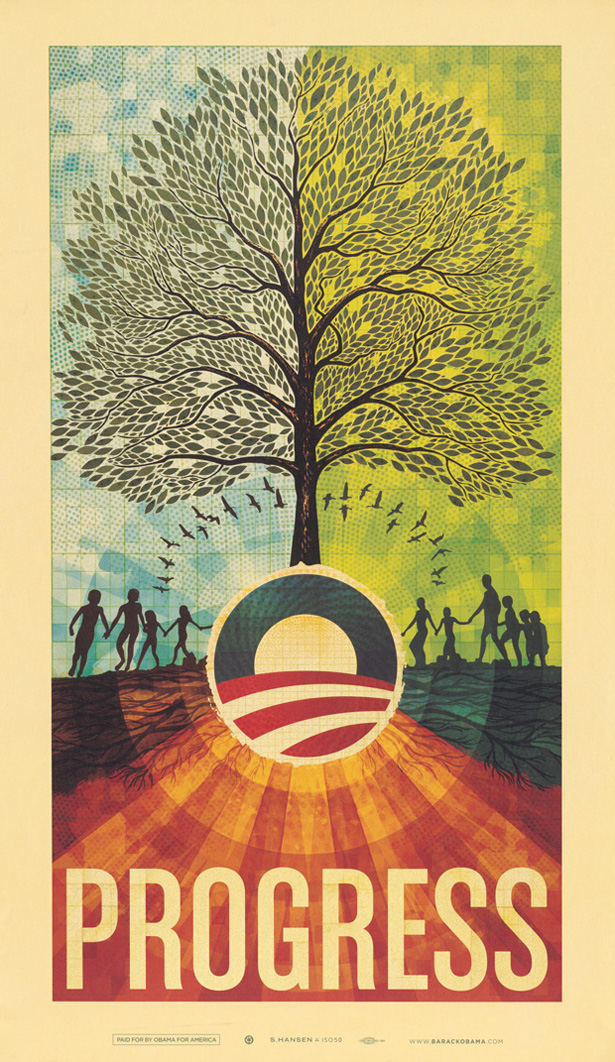
2008: Barack Obama (Democrat) v. John McCain (Republican)
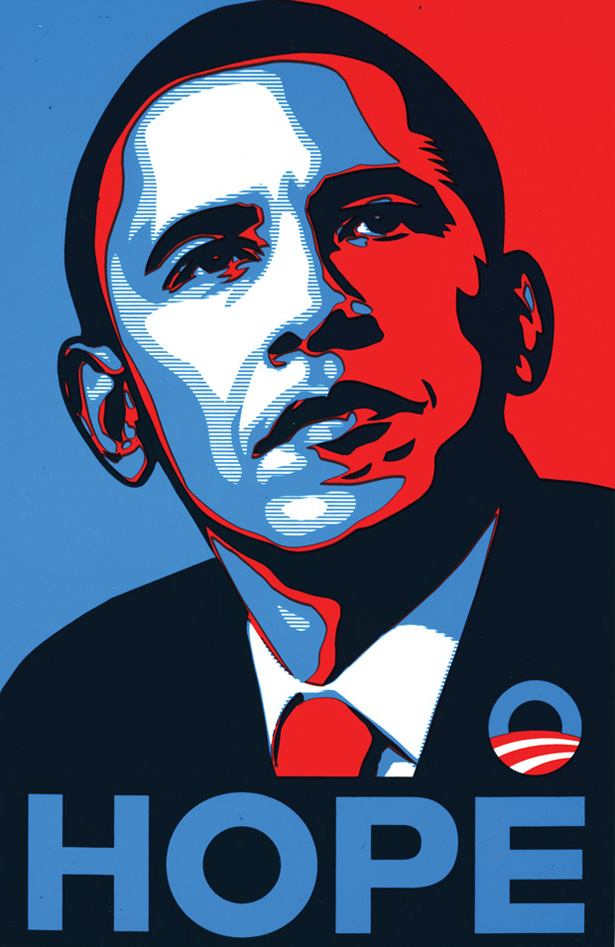
2008: Barack Obama (Democrat) v. John McCain (Republican)
At once a time-capsule of history and an invaluable timeline of design evolution, Presidential Campaign Posters offers a rare look at the craftsmanship of political propaganda and the abiding aspects of the human condition that it bespeaks.
This post also appears on Brain Pickings, an Atlantic partner site.
